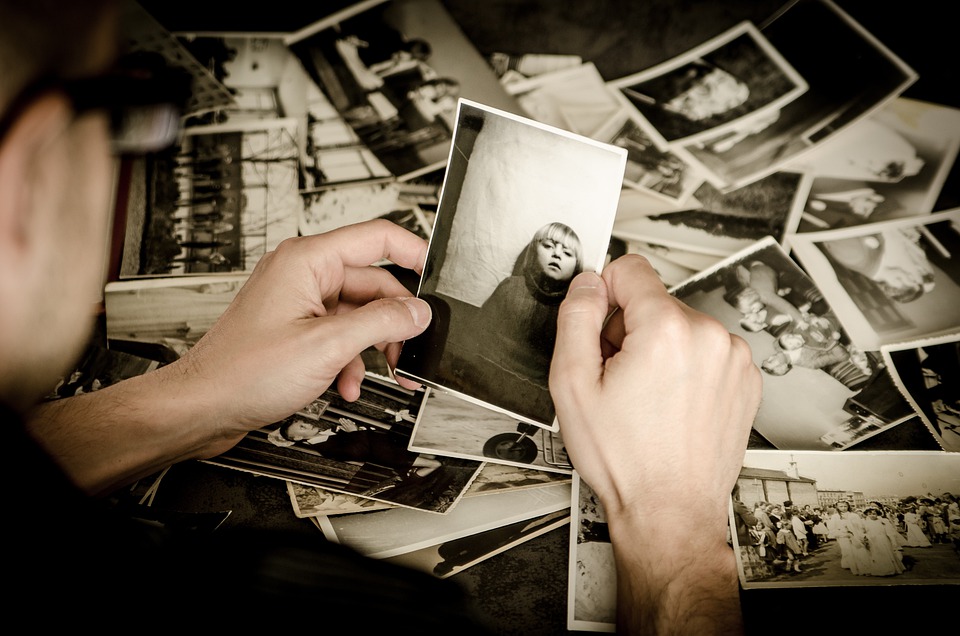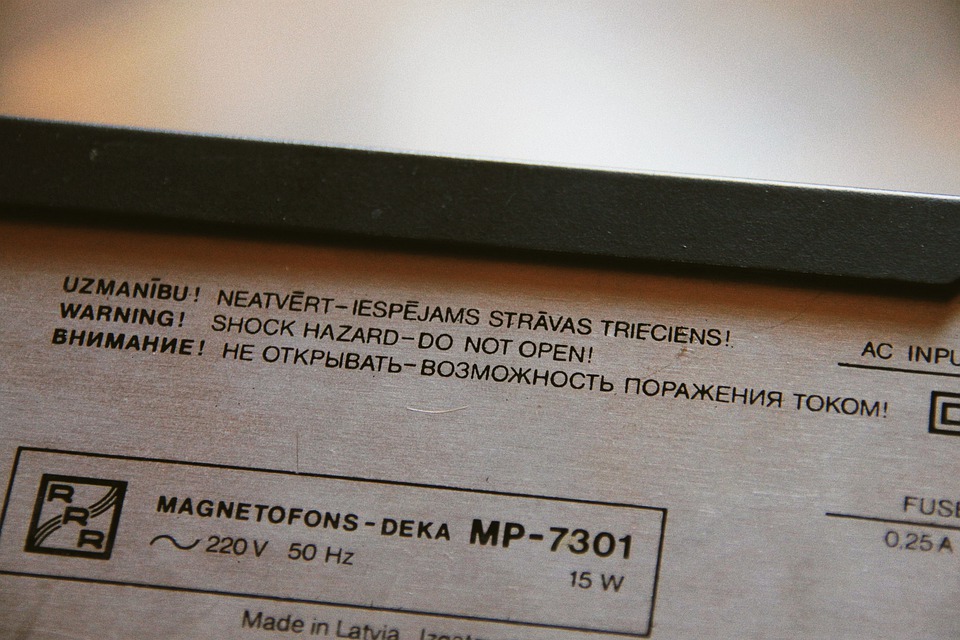Photographs are extremely vulnerable to climate-induced deterioration.
Indeed, many physical and chemical processes can be caused and/or accelerate by inadequate temperature and relative humidity.
How do you store photographs correctly?
In this article we will discuss about:

Climate-induced deterioration processes
The storage environment surrounding photographic collections has been examined in depth to study how to slow down deterioration processes, such as fading and discolouration of silver and colour images.
While stable photographic materials have medium stability, the typical magnetic media and least stable photographic materials are frequently subject to yellowing, embrittlement, and disintegration.

High temperatures increase the rate of chemical decay.
For photographs, the dominant mechanism is acid hydrolysis, which depends from both temperature and relative humidity.
Low relative humidity levels can cause the emulsion to crack and flake.
Cool & Cool storage environments
Several ISO standards focussed on temperature and relative humidity levels for the storage of photographic materials.
Four typologies of storage environments were defined in ISO 18934:2011 based on average temperature conditions:
-
- Room – from 16 to 23°C
- Cool – from 8 to 16°C
- Cold – from 0 to 8°C
- Sub-zero – from -20 to 0°C

The easiest way is to store photographs at low temperatures is to put them in a sealed packaging inside freezers.
The more difficult and expensive method is to control temperature and relative humidity of the storage room.
Every time photographs need to be accessed, they should be previously acclimatised (for 2-3 hours) to room temperature whilst in sealed enclosures.





